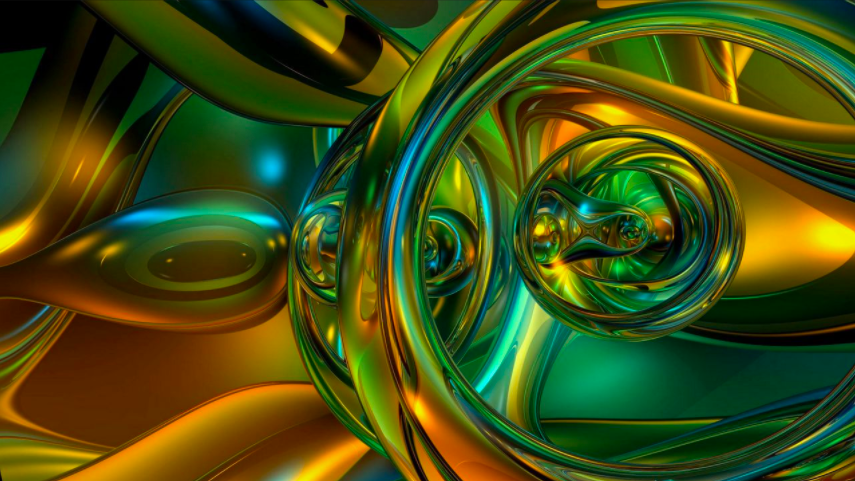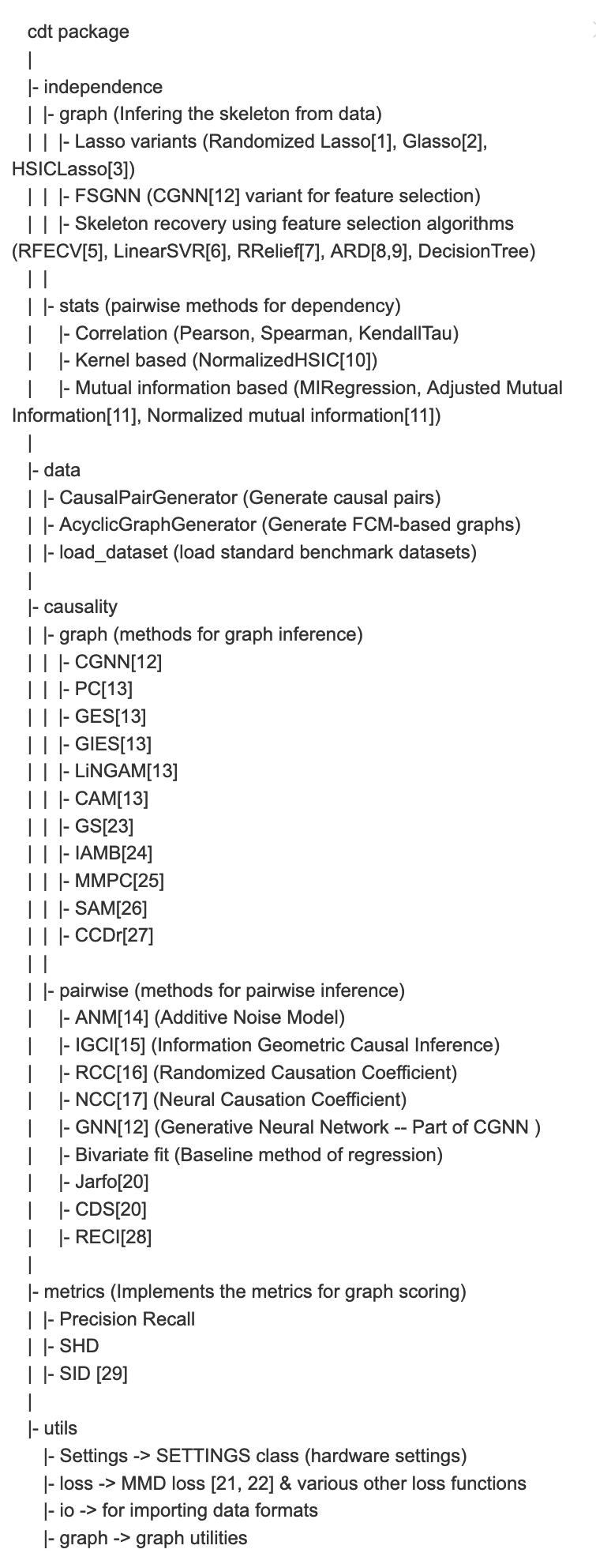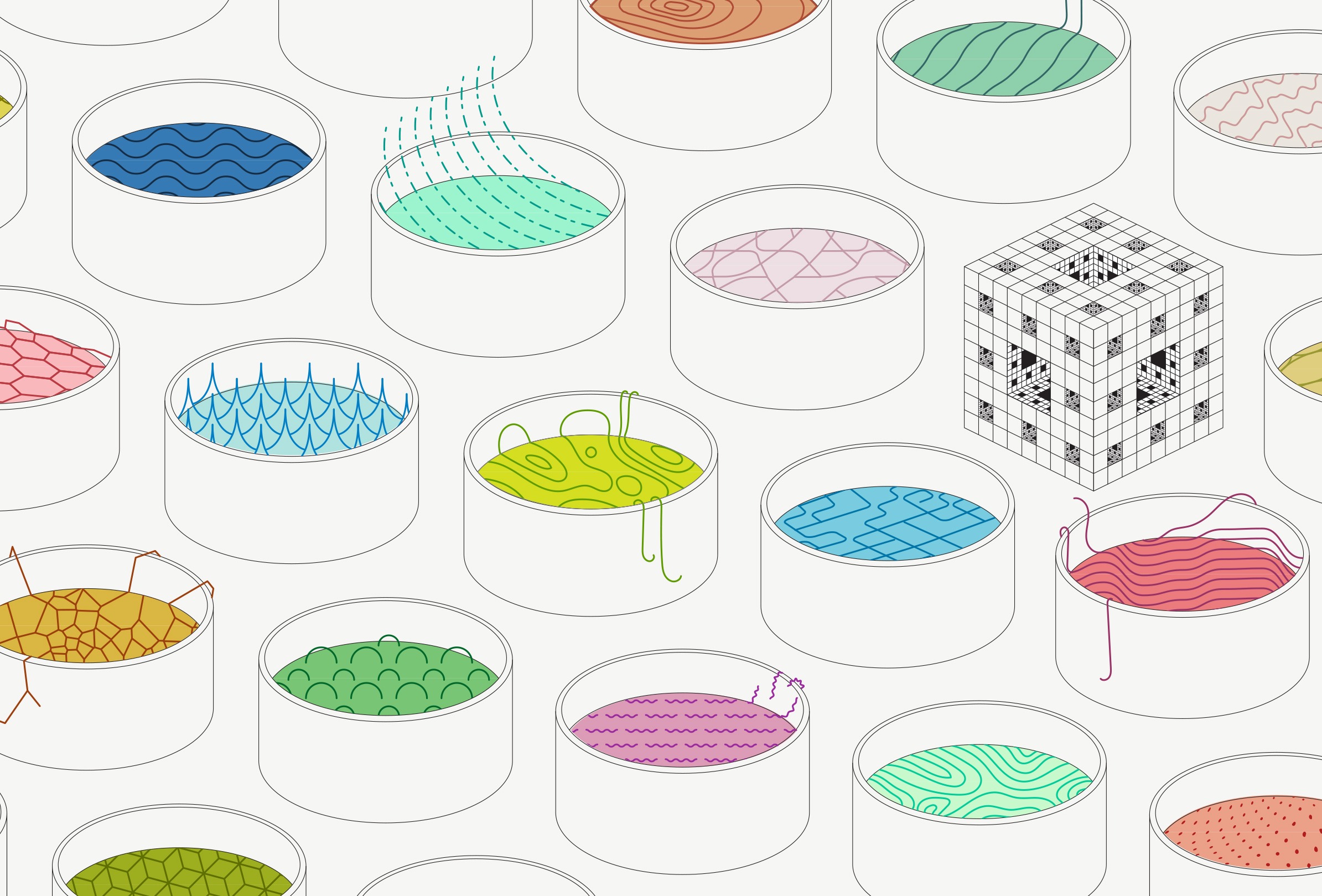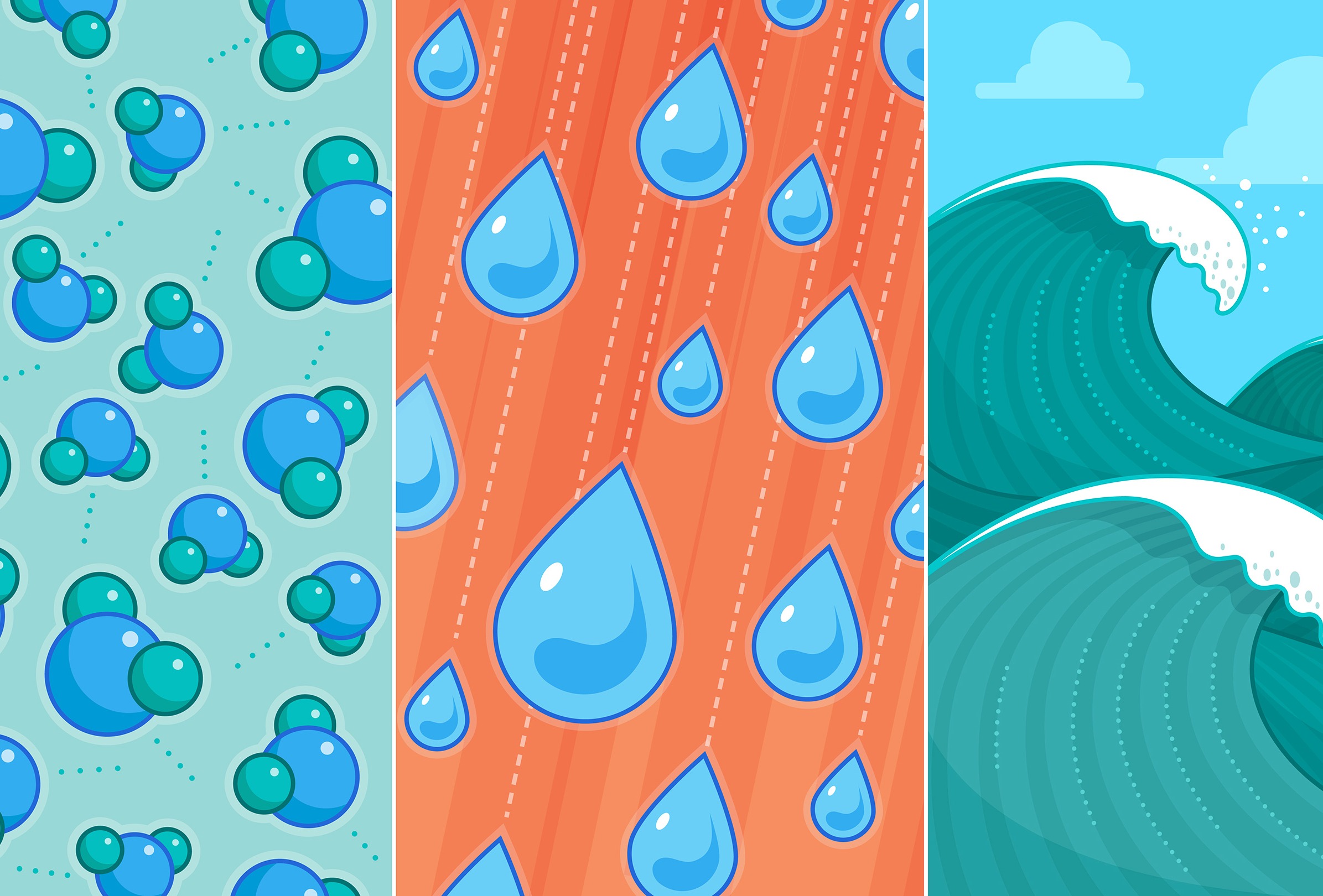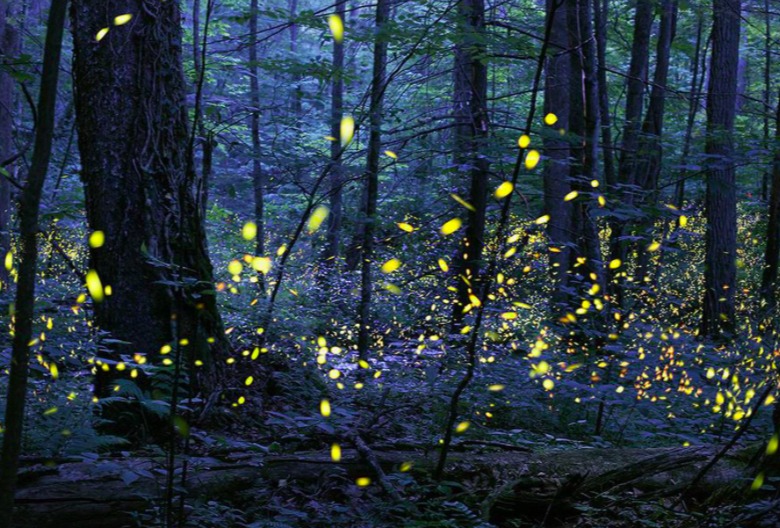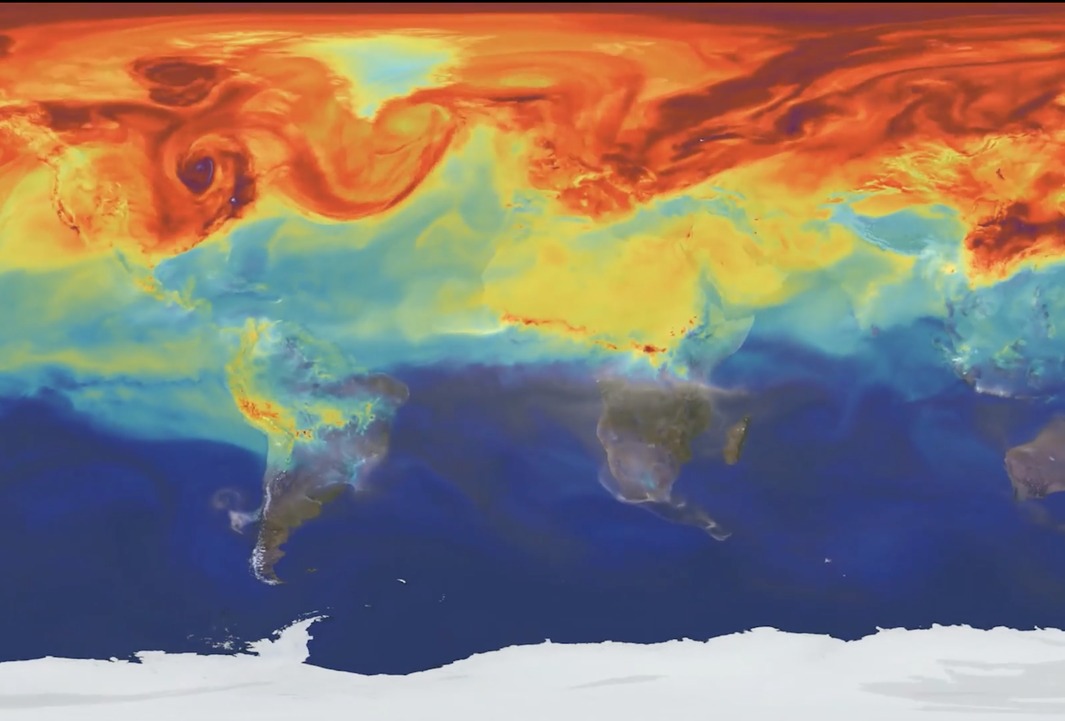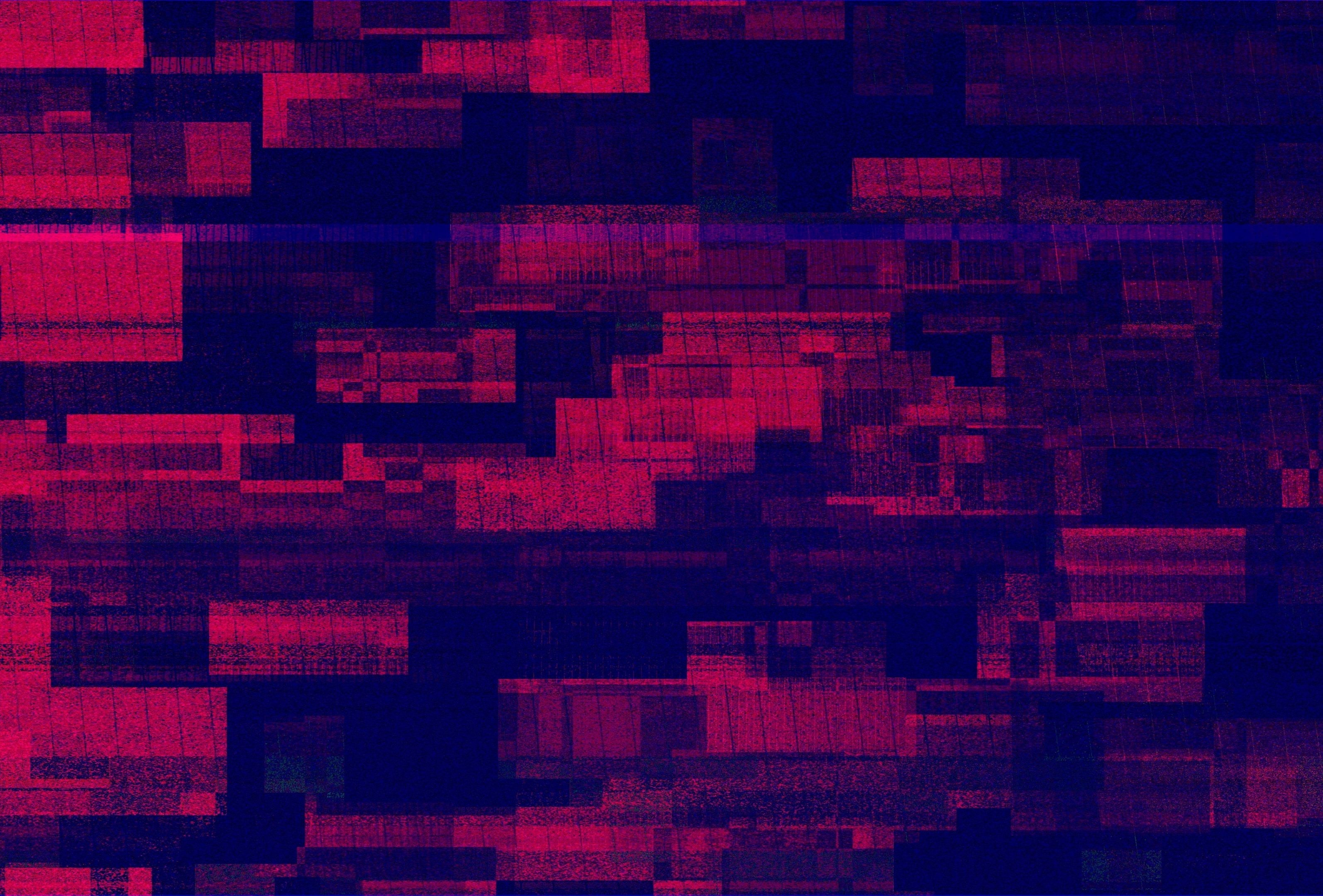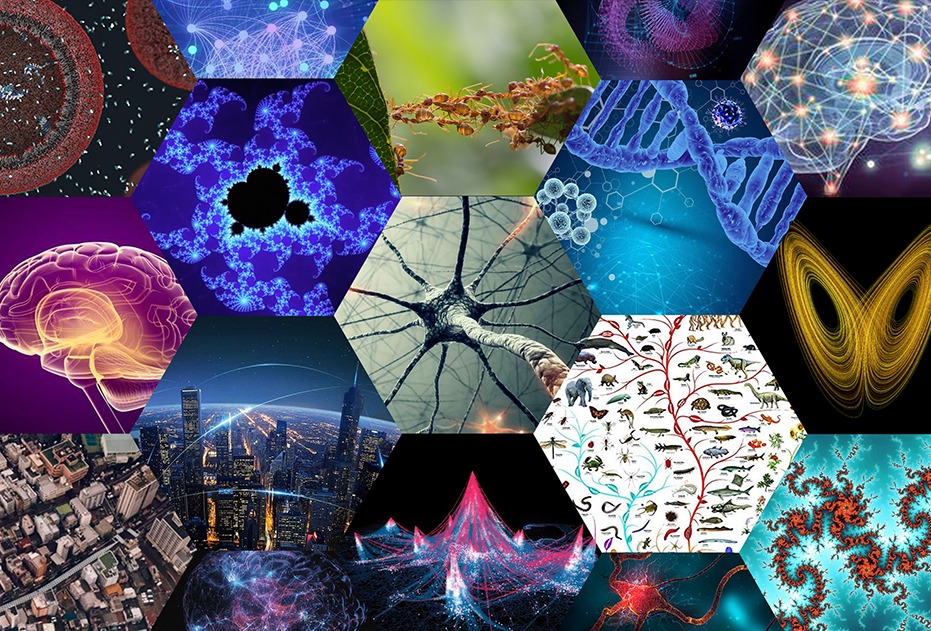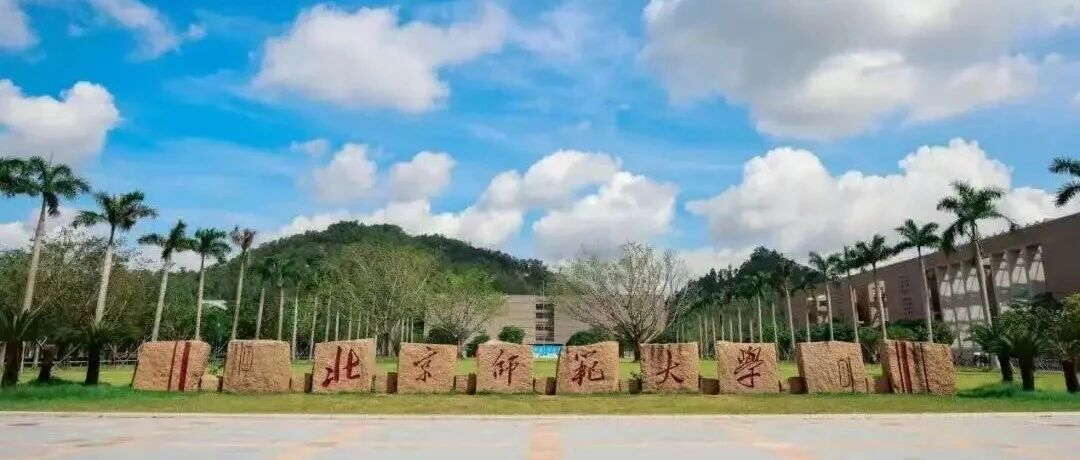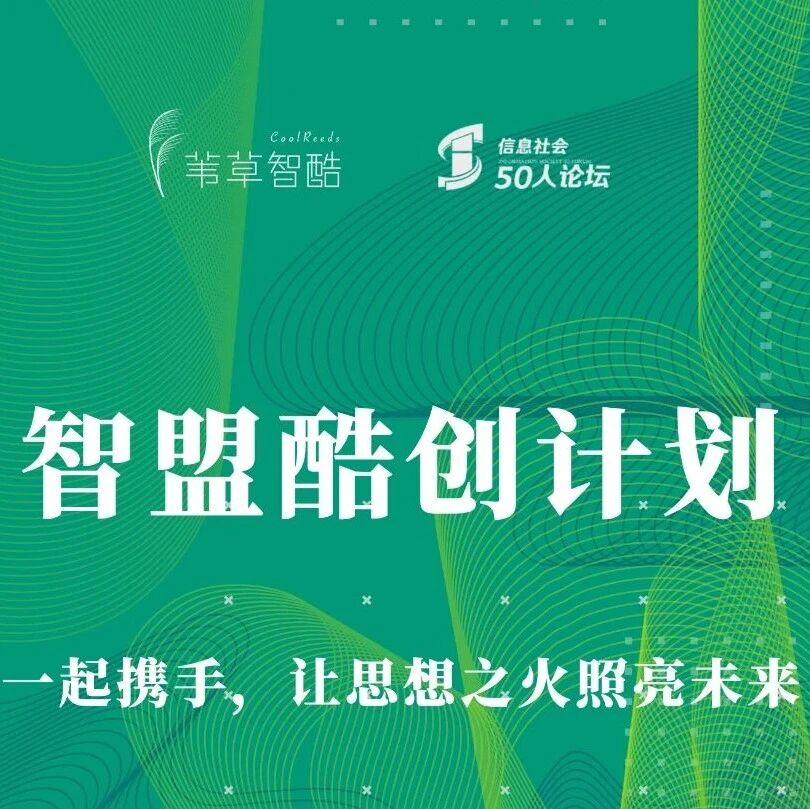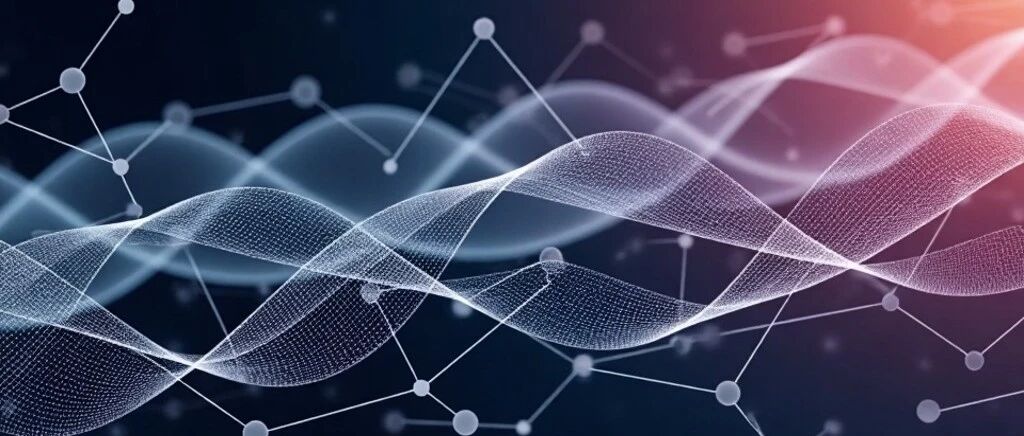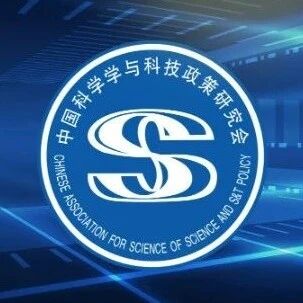[1] Wang, S., Nan, B., Rosset, S., & Zhu, J. (2011). Random lasso. The annals of applied statistics, 5(1), 468.
[2] Friedman, J., Hastie, T., & Tibshirani, R. (2008). Sparse inverse covariance estimation with the graphical lasso. Biostatistics, 9(3), 432-441.
[3] Yamada, M., Jitkrittum, W., Sigal, L., Xing, E. P., & Sugiyama, M. (2014). High-dimensional feature selection by feature-wise kernelized lasso. Neural computation, 26(1), 185-207.
[4] Feizi, S., Marbach, D., Médard, M., & Kellis, M. (2013). Network deconvolution as a general method to distinguish direct dependencies in networks. Nature biotechnology, 31(8), 726-733.
[5] Guyon, I., Weston, J., Barnhill, S., & Vapnik, V. (2002). Gene selection for cancer classification using support vector machines. Machine learning, 46(1), 389-422.
[6] Vapnik, V., Golowich, S. E., & Smola, A. J. (1997). Support vector method for function approximation, regression estimation and signal processing. In Advances in neural information processing systems (pp. 281-287).
[7] Kira, K., & Rendell, L. A. (1992, July). The feature selection problem: Traditional methods and a new algorithm. In Aaai (Vol. 2, pp. 129-134).
[8] MacKay, D. J. (1992). Bayesian interpolation. Neural Computation, 4, 415–447.
[9] Neal, R. M. (1996). Bayesian learning for neural networks. No. 118 in Lecture Notes in Statistics. New York: Springer.
[10] Gretton, A., Bousquet, O., Smola, A., & Scholkopf, B. (2005, October). Measuring statistical dependence with Hilbert-Schmidt norms. In ALT (Vol. 16, pp. 63-78).
[11] Vinh, N. X., Epps, J., & Bailey, J. (2010). Information theoretic measures for clusterings comparison: Variants, properties, normalization and correction for chance. Journal of Machine Learning Research, 11(Oct), 2837-2854.
[12] Goudet, O., Kalainathan, D., Caillou, P., Lopez-Paz, D., Guyon, I., Sebag, M., … & Tubaro, P. (2017). Learning functional causal models with generative neural networks. arXiv preprint arXiv:1709.05321.
[13] Spirtes, P., Glymour, C., Scheines, R. (2000). Causation, Prediction, and Search. MIT press.
[14] Hoyer, P. O., Janzing, D., Mooij, J. M., Peters, J., & Schölkopf, B. (2009). Nonlinear causal discovery with additive noise models. In Advances in neural information processing systems (pp. 689-696).
[15] Janzing, D., Mooij, J., Zhang, K., Lemeire, J., Zscheischler, J., Daniušis, P., … & Schölkopf, B. (2012). Information-geometric approach to inferring causal directions. Artificial Intelligence, 182, 1-31.
[16] Lopez-Paz, D., Muandet, K., Schölkopf, B., & Tolstikhin, I. (2015, June). Towards a learning theory of cause-effect inference. In International Conference on Machine Learning (pp. 1452-1461).
[17] Lopez-Paz, D., Nishihara, R., Chintala, S., Schölkopf, B., & Bottou, L. (2017, July). Discovering causal signals in images. In Proceedings of CVPR.
[18] Stegle, O., Janzing, D., Zhang, K., Mooij, J. M., & Schölkopf, B. (2010). Probabilistic latent variable models for distinguishing between cause and effect. In Advances in Neural Information Processing Systems (pp. 1687-1695).
[19] Zhang, K., & Hyvärinen, A. (2009, June). On the identifiability of the post-nonlinear causal model. In Proceedings of the twenty-fifth conference on uncertainty in artificial intelligence (pp. 647-655). AUAI Press.
[20] Fonollosa, J. A. (2016). Conditional distribution variability measures for causality detection. arXiv preprint arXiv:1601.06680.
[21] Gretton, A., Borgwardt, K. M., Rasch, M. J., Schölkopf, B., & Smola, A. (2012). A kernel two-sample test. Journal of Machine Learning Research, 13(Mar), 723-773.
[22] Li, Y., Swersky, K., & Zemel, R. (2015). Generative moment matching networks. In Proceedings of the 32nd International Conference on Machine Learning (ICML-15) (pp. 1718-1727).
[23] Margaritis D (2003). Learning Bayesian Network Model Structure from Data . Ph.D. thesis, School of Computer Science, Carnegie-Mellon University, Pittsburgh, PA. Available as Technical Report CMU-CS-03-153
[24] Tsamardinos I, Aliferis CF, Statnikov A (2003). “Algorithms for Large Scale Markov Blanket Discovery”. In “Proceedings of the Sixteenth International Florida Artificial Intelligence Research Society Conference”, pp. 376-381. AAAI Press.
[25] Tsamardinos I, Aliferis CF, Statnikov A (2003). “Time and Sample Efficient Discovery of Markov Blankets and Direct Causal Relations”. In “KDD ’03: Proceedings of the Ninth ACM SIGKDD International Conference on Knowledge Discovery and Data Mining”, pp. 673-678. ACM. Tsamardinos I, Brown LE, Aliferis CF (2006). “The Max-Min Hill-Climbing Bayesian Network Structure Learning Algorithm”. Machine Learning,65(1), 31-78.
[26] Kalainathan, Diviyan & Goudet, Olivier & Guyon, Isabelle & Lopez-Paz, David & Sebag, Michèle. (2018). SAM: Structural Agnostic Model, Causal Discovery and Penalized Adversarial Learning.
[27] Aragam, B., & Zhou, Q. (2015). Concave penalized estimation of sparse Gaussian Bayesian networks. Journal of Machine Learning Research, 16, 2273-2328.
[28] Bloebaum, P., Janzing, D., Washio, T., Shimizu, S., & Schoelkopf, B. (2018, March). Cause-Effect Inference by Comparing Regression Errors. In International Conference on Artificial Intelligence and Statistics (pp. 900-909).
[29] Structural Intervention Distance (SID) for Evaluating Causal Graphs, Jonas Peters, Peter Bühlmann: https://arxiv.org/abs/1306.1043
